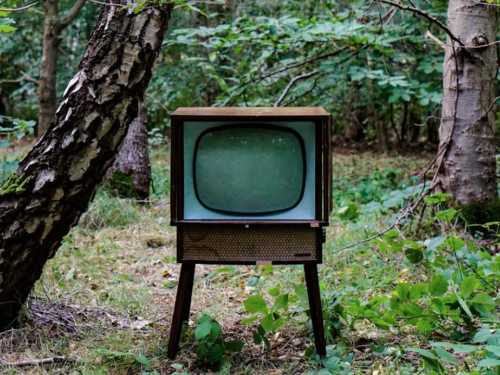
Ordinarily, my garden and I are embarrassing to be around. I can’t keep
my hands off it; visitors, work, and children are all mere obstacles on
the path of true pleasure. Just run your fingertip over the soft saucer
of this quince blossom; gaze upon the magenta flower of this pineapple
sage; notice the veiny strength of a banana leaf, the transfixing
cleverness of a single vine tendril twirling into space. I have
love-sickness, plant lust, mentionitis (did I tell you I have a
garden?). I simply can’t keep away.
During these late days of winter, though, I find myself oddly busy with
other things. Only a few months ago, I was fantasizing about acquiring a
head torch so that I could tend my currant bushes after dark. Now I look
down on the wasteland that was once my garden and experience merely . . . shame. It’s normal to feel guilty about gardening: not doing enough, not knowing where to start. But late winter—when the days lengthen, the
light lifts, and one is confronted with twelve million nasty tasks left
undone—is the guiltiest season of them all. Every handbook is banging on
about the year’s time-honored cycle, about readying one’s plot for
burgeoning life; like newborn lambkins, we should be quiveringly eager
to begin. And yet . . .
It isn’t just the lashing rain and chilly mud, the morose clattering of
plastic pots asexually reproducing in the corners. It’s that, when
gardening entails minor chores, rather than a constant cycle of tasting
and stroking, I seem to lose the will. I should face my disgusting,
sagging shed—itself a classic example of the Mendelsonian law of false
economies—purge its treasure trove of rotten sheep’s wool, rusted
biscuit tins, desiccated bulbs, and horrific, child-painted mugs, which
I lack the parental serenity to throw away. I ought to attempt winter
pruning, but, lacking spatial awareness and the ability to follow
technical (or, indeed, any) instructions, I can only gape dully at the
diagrams and fail to identify basal clusters, central leaders, and
lateral growths. Then, I either give up or, worse, go free-range, and
then, each year, mourn my lack of fruit.
As for basic garden hygiene, my patience is thin. Cleaning plant pots
with interestingly shaped brushes, disinfecting seed trays, scouring
hand tools, plunging dismantled secateurs into oily sand: I can’t be
bothered with any of it. I may tell myself it’s a sophisticated
Darwinian-toughness test, that the fittest seedlings and worthiest
perennials will survive. But, in truth, I’d rather have a bath with a
seed catalogue, so that the doomed process of ordering, gloating,
sowing, transplanting, potting, feeding, planting, tending, and then
death can begin again.
Even my partial triumphs are depressing. My attempts to fashion leaf
mold from the unattractively hardy viburnum inevitably results in a
small patty of sodden plant gristle, which is forgotten until I slip on
it and only then add to the compost bin. I always wrap my most
vulnerable pots, the lemon-verbena and fig—late, amateurishly, but I do
it. Now it’s time to unpeel them and assess which has done more damage:
our puny winters; the snug, bathhouse-style environment I have created
for the nymphomaniac local slugs; or the plants’ humiliation at having
spent four months dressed in packaging materials. As Dolly Parton sang
in “Coat of Many Colors”: if you’re clothed in a ragtag ensemble of
moth-ravaged sweaters, bubble-wrap shreds, and ten metres of
bargain-bought, secondhand agricultural fleece, people can be cruel.
Anyway, I’m busy. There are mysteriously persistent yet illegible pencil
marks to scrub from an infinity of plant labels. Who else will sort my
appalling glut of seed packets? Every year I flirt with alphabetization,
and attempt to organize the packets chronologically, only, at the end, simply to pile them into heaps. And all the while I am longing for
spring. I helicopter-parent my houseplants, polishing their leaves,
constantly offering them drinks. I visit a local florist, which caters
exclusively to window-box-owning city dwellers, and try to interest
myself in the gothic nightmare of Ophiopogon planiscapus or in
pointless pots of ivy and kalanchoes that not even a mother could love.
If they sold vegetable seeds, I would be sunk. Instead, I furtively tend
avocado stones and start considering kimchi—anything to give me a
horticultural thrill, as long as I don’t have to garden.
Yet, within a week, everything has changed. Nature is waking up; there
are snowdrops in the local park, a suggestion of green on the tips of my
blueberry, cut-price raspberry canes on the high street. And, as
gardeners everywhere start to develop that mad gleam, I feel it myself,
that quickening, that pulsing desire. Sorry, I can’t quite make that
deadline. Did you know I have a garden? It needs me. Let me at it.
Sourse: newyorker.com






